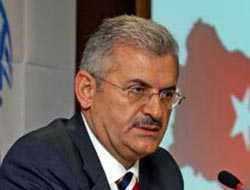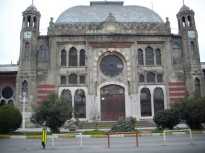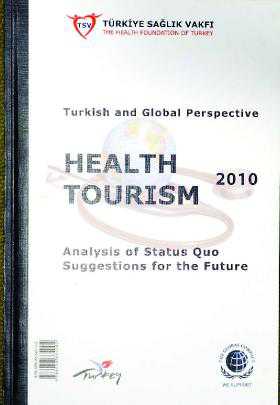15-12-2006
The exhibition Istanbul: The City and the Sultan is opening in Amsterdam’s De Nieuwe Kerk this weekend. Organized in collaboration with four Turkish museums, it takes visitors on a leisurely walk through the city during its Ottoman period (15th to early 20th century), with stops at the court, the armoury, the harem, the mosque, the library, the hamam or baths, the bazaar and more.
More than 250 treasures of the sultans, many of them from Topkapi Palace Museum, have been brought to the Netherlands for the exhibition. They include arms, carpets, jewellery, silverware, porcelain, paintings, caftans and turbans, and a nice collection of calligraphy manuscripts and other historical documents.
The director of De Nieuwe Kerk, Ernst Veen, places the exhibition within the “other countries and cultures” policy of the museum: “By telling the story of the culture and cultural heritage of other countries, we also hope to build a bridge towards greater knowledge and understanding.”
East and West
Istanbul is the only city that straddles two continents and also the place which famously proves Rudyard Kipling wrong: here East and West do meet. Founded as Byzantium by Greek colonists in 667 BC, it grew into a metropolis after Constantine the Great selected it as the site for his capital, which he called New Rome, in 330 AD. The name never caught on and the city was renamed Constantinople in his honour. For 1,100 years it was the capital of the Eastern Roman, or Byzantine Empire, before being conquered by the Ottoman sultan Mehmed II in 1453.
The capture of Constantinople gave great prestige to the Ottoman state, which was seen as an empire from then on. Mehmed the Conqueror, as he was later known, ordered the construction of great works including the sultans’ Topkapi Palace. Constantinople’s Haghia Sofia, the world’s greatest cathedral throughout the Middle Ages, became the Aya Sofia mosque, and the Blue Mosque was also built across from it to rival its beauty. The Ottoman Empire ended with the First World War and the founder of modern Turkey, Kemal Atatürk, renamed the city Istanbul and ordered Aya Sofia turned into a museum.
Contacts with the Netherlands
In 1612 the Ottoman Empire became one of the first great powers to recognize the young Dutch Republic. Commercial ties were at first mediated by Jewish bankers and merchants who, the century before, had fled the Spanish inquisition and found refuge in the sultan’s realm. Soon, Dutch traders began dealing directly with the sultan’s court and exchanges multiplied. The famous Dutch tulip was in fact imported from the Ottoman Empire; it is a common motif on the tiles of Topkapi Palace and graces its gardens overlooking the Bosporus to this day.
An inspired setting
De Nieuwe Kerk (New Church) is an inspired setting for the exhibition. The contrast between the originally Roman Catholic then Protestant church building and the Islamic art inside will remind anyone who has been there of the interior of Istanbul’s Aya Sofia, that other museum with a mixed religious past, where Christian mosaics and medallions bearing the names of Muhammad and the first caliphs stand side by side.
The clever play of veils by the exhibition’s architects and designers emphasizes this contrast while also separating the interior of the church into manageable spaces. Visitors should remember to look up often to catch the endless combinations of overlapping Christian architectural details and translucent Islamic motifs. Those in need of a rest can enjoy a Turkish coffee or apple tea, and a piece of lokum – the famed Turkish Delight – in the Turkish coffeehouse that has been set up under the church’s organ.
Other events
De Nieuwe Kerk has organized an extensive programme of activities around the exhibition, with weekly lectures (in Dutch) and concerts throughout the months of January, February and March 2007. Amsterdam’s Podium Mozaïek makes the link with the present with its Turkije Nu/Turkey Now theatre and film programme, which investigates the sources of inspiration, dreams and motivations of artists of Turkish origin who live in the Netherlands today.
For a full programme, see:
De Nieuwe Kerk
Podium Mozaïek






